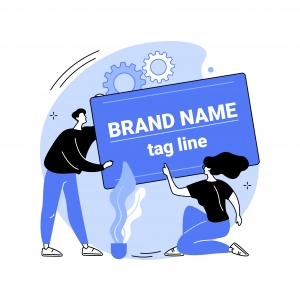Blog Titles of All Types for All Types of Readers
 Thought it’d be decades before any material in the AARP Bulletin might be of interest to you? Think again. For content writers of every age, the October issue of the AARP publication serves as a complete 301 course in creative titling…
Thought it’d be decades before any material in the AARP Bulletin might be of interest to you? Think again. For content writers of every age, the October issue of the AARP publication serves as a complete 301 course in creative titling…
- Newsy titles
“Medicare Costs Rise Slightly for 2024”
“AARP Launches Disaster Prep Site”
The word “news”, when it comes to content marketing, can include several different things: a) “your own” news about you and your business or practice (new employee, new service offer or product line, an award, participation in a community event, etc.) b) news from your industry or profession.
- Topic titles
“Fixing the Caregiving System”
“Super-Agers: How They Live Longer, Think Stronger, Enjoy Life More”
Each of these is an example of offering solutions to a problem, with the second title using the theory of social proof, meaning that, as humans, we are simply more willing to do something if we see that other people are doing it, referencing the behavior of others to guide our own behavior.
- Question/Challenge titles
“Are You Addicted to Junk Food?”
“Can a Crook Steal Your Entire Home?”
People are online searching for answers to questions they have and solutions for dilemmas they’re facing, and often we can help searchers who haven’t specifically formulated their questions by presenting a question in the blog post title itself.
- Huh? Oh titles
“Punch In, Pay Taxes”: Programs Allow Older residents to Work Off Property Taxes”
From all my “reading around” – magazines, books, blogs, textbooks – you name it, I’ve come to the conclusion that many titles have – and need to have – two basic parts: the “Huh?” and the “Oh”. The “Huh?s” need subtitles to make clear what the article is about; “Oh!” titles are self-explanatory. In the AARP article, the “Punch In, Pay Taxes” part grabs our attention, but doesn’t tell us enough about what we’re about to learn.
- List titles
“Ways to Save at Department Stores”
Property Deeds: 4 Things to Know”
That lists and bullet points in general are a good fit for blogs is actually something I stress in content writing sessions. (By most accounts, search engines like lists and bullet points, too.)
You don’t have to qualify for membership in AARP to realize one thing – there are titles of many types to attract readers of all ages!





Follow us online!